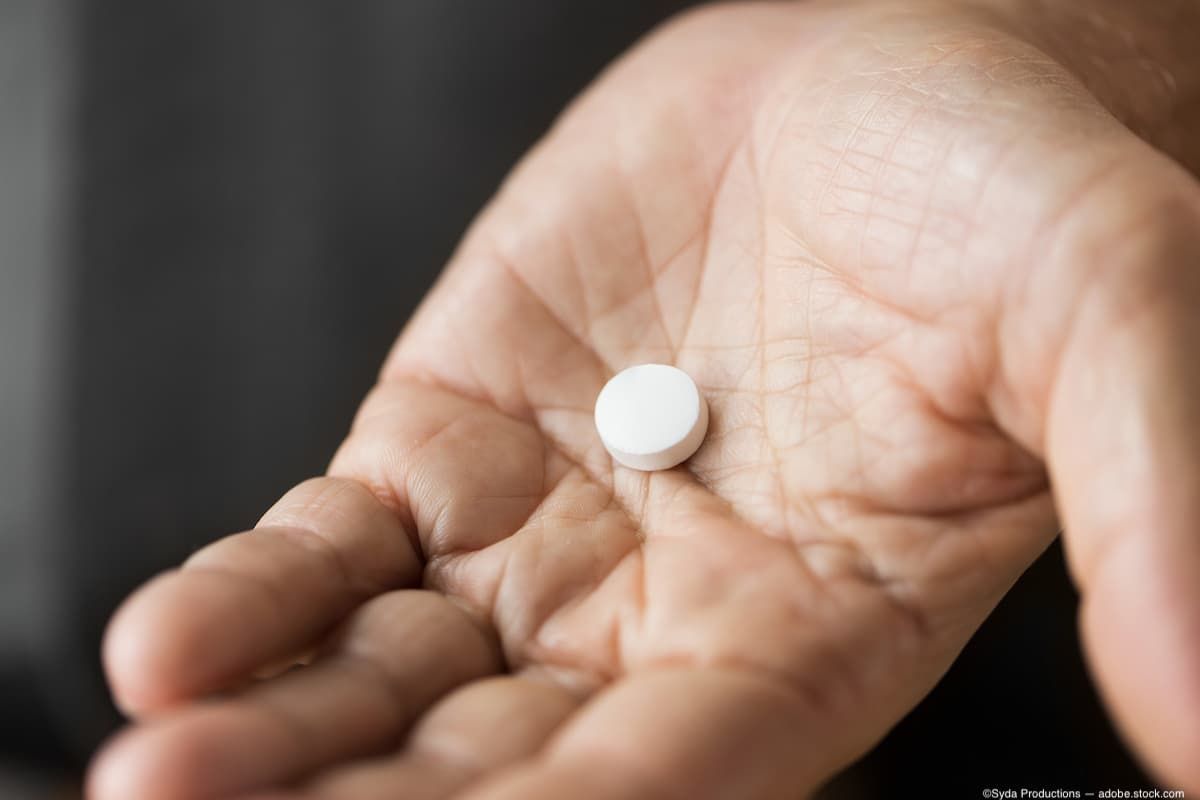Efficacy and safety results of the ZETA-1 Phase 2 Trial in diabetic retinopathy at the 83rd Scientific Sessions of the ADA
Gonzalez shared that the ZETA-1 trial results demonstrate the potential of APX3330 to slow disease progression as well as highlight its favorable safety profile in the diabetic patient population.
Gonzalez shared that the ZETA-1 trial results demonstrate the potential of APX3330 to slow disease progression as well as highlight its favorable safety profile in the diabetic patient population. (Image Credit: Syda Productions/Adobe.Stock.com)

In a late-breaking poster and ePoster theater presentation titled Oral APX3330 Reduces the DRSS Worsening after 24-weeks of Daily Treatment—Efficacy and Safety Results of the ZETA-1 Phase 2 Trial in Diabetic Retinopathy retina specialist and ZETA-1 clinical trial investigator, Victor H. Gonzalez, MD, highlighted key insights from the trial.
This presentation was a part of the 83rd Scientific Sessions of the American Diabetes Association (ADA) in San Diego, California.
Rick Rodgers, interim CEO of Ocuphire Pharma, shared in a news release that the company is pleased with the results thus far with its ZETA-1 data on oral APX3330 and is looking ahead to the next step in the treatment's trials.
“In this trial, APX3330 achieved statistical significance in preventing clinically meaningful progression of diabetic retinopathy (DR), as measured by the percentage of subjects with binocular 3-step worsening in DRSS, our anticipated Phase 3 primary endpoint,” Rodgers said. “Compared to the current intravitreal injection options, a non-invasive convenient oral therapy that prevents disease progression could shift the treatment paradigm and broaden the prescriber base to include not only eye care physicians but primary care and endocrinologists. We look forward to an End of Phase 2 meeting with the FDA to confirm the Phase 3 study design and continue advancing APX3330 towards potential approval.”
According to Gonzalez, the meeting provided a forum for highlighting the ZETA-1 data on APX3330.
“The diabetes epidemic is the leading cause of blindness among working-age adults with approximately 10 million DR patients in the US, 8 million of which have early stage or non-proliferative DR (NPDR),” he said in the news release. “These early-stage patients are not widely treated since they are largely asymptomatic and monthly injections are burdensome.”
Gonzalez also noted the ZETA-1 trial results demonstrate the potential of APX3330 to slow disease progression as well as highlight its favorable safety profile in the diabetic patient population.
“Prevention of progression is an important and clinically meaningful aspect of diabetes care for physicians, patients and payors,” he added in the release. “APX3330 has the potential to address this unmet need for the millions of DR patients at risk for developing vision-threatening complications that necessitate invasive treatments.”
ZETA-1 was a multicenter double-masked Phase 2 trial comparing APX3330 to placebo in 103 patients. APX3330 did not meet the primary endpoint (% of patients with a ≥ 2-step improvement in DRSS at week 24 in the study eye). Given the oral systemic delivery of APX3330, however, it is important to evaluate the effect on both eyes.
According to the news release, a potential Phase 3 registration primary endpoint is a ≥ 3-step worsening of DRSS as a composite of both eyes (binocular). This secondary endpoint was pre-specified and evaluated in the ZETA-1 trial. APX3330 demonstrated statistically significant reduction of disease progression at 24 weeks: no (0%) APX3330-treated patients had a binocular ≥ 3-step worsening of DRSS from baseline compared with 16% for placebo-treated patients (p = 0.04). This endpoint is the planned Phase 3 primary endpoint for future registration trials that will be confirmed at the EOP2 meeting with the FDA.
Newsletter
Keep your retina practice on the forefront—subscribe for expert analysis and emerging trends in retinal disease management.